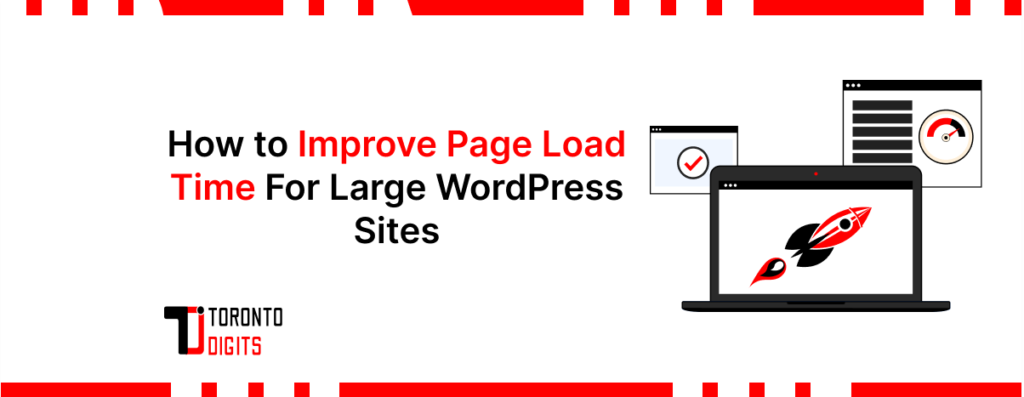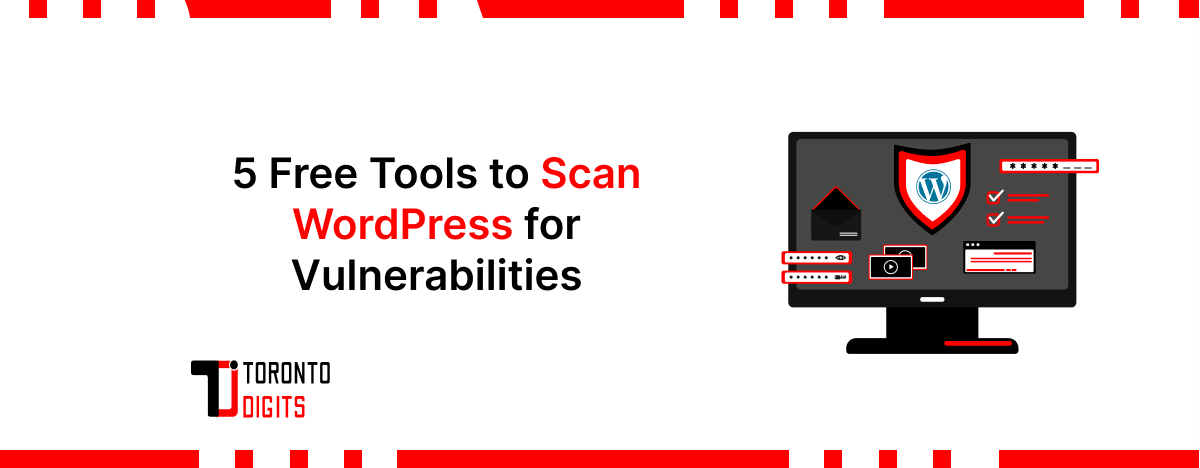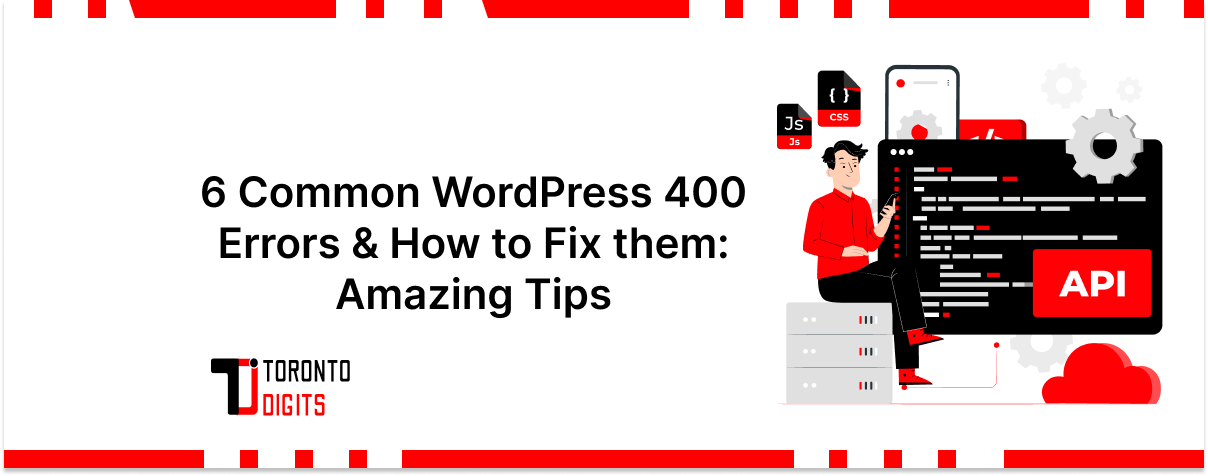In today’s fast-paced digital world, website performance is paramount for delivering an exceptional user experience. For large WordPress sites, maintaining fast page load times can be a significant challenge. Slow-loading pages can lead to higher bounce rates, lower conversion rates, and even negatively impact search engine rankings.
From speed for news sites to e‑commerce portals, understanding the hosting impact on speed, implementing maintenance for speed, balancing security and performance, and recognizing how page speed affects SEO is critical.
In this comprehensive article, we’ll explore various techniques and strategies to help website owners, web developers, and hosting providers optimize page load times for large WordPress sites.
o3-mini
Page load time is a critical factor that influences user engagement, conversion rates, and search engine optimization (SEO). Studies have shown that even a one-second delay in page load time can result in a 7% reduction in conversions, a 16% decrease in user satisfaction, and a significant impact on search engine rankings. With attention spans dwindling and competition increasing, providing a fast and seamless experience is essential for retaining visitors and driving desired actions.
Challenges of Maintaining Fast Load Times for Large WordPress Sites
As WordPress sites grow in size and complexity, maintaining optimal performance becomes increasingly challenging. Large databases, numerous plugins, resource-intensive themes, and unoptimized media can contribute to slower load times. Furthermore, with the growing number of visitors and concurrent requests, server resources can become strained, leading to performance bottlenecks.
In this article, you will learn:
- How to optimize images for faster load times on large WordPress sites, including techniques like compression, resizing, and lazy loading.
- The benefits of minifying CSS, JavaScript, and HTML files, and how to implement caching using popular WordPress plugins.
- What a Content Delivery Network (CDN) is and how to leverage it for improved content delivery and faster load times across geographic locations.
- The importance of enabling Gzip compression and how to implement it in WordPress, either server-side or through plugins.
- Strategies for optimizing the WordPress database, such as cleanup, indexing, caching, and query optimization, to enhance performance.
- How to identify and optimize third-party resources like scripts, fonts, and trackers that can impact page load times.
- The concept of lazy loading and how to implement it using WordPress plugins to defer the loading of non-critical resources.
- Factors to consider when choosing a hosting provider and plan tailored for large WordPress sites, including bandwidth, server resources, and scalability options.
- The significance of regular monitoring and maintenance, along with tools and best practices to sustain optimized performance over time.
- A comprehensive overview of various techniques and strategies to improve page load times, enhance user experience, and drive better conversion rates for large WordPress sites.
Understanding Page Load Time
What is Page Load Time?
Page load time refers to the duration it takes for a web page to fully load and render on a user’s device. This includes the time required to fetch all the necessary resources, such as HTML, CSS, JavaScript, images, and fonts, from the server and display them in the user’s browser.
Factors Affecting Page Load Time
Several factors can influence page load time, including server response time, network latency, file sizes, resource complexity, and the user’s device capabilities. Optimizing these factors is crucial for achieving faster load times.
Tools to Measure Page Load Time
Before optimizing page load time, it’s essential to establish a baseline and understand the current performance metrics. Various tools are available to measure and analyze page load times, such as Google PageSpeed Insights, Pingdom, and WebPageTest. These tools provide detailed insights into the performance bottlenecks and suggest specific areas for improvement.
Optimizing Images
Importance of Optimizing Images for Page Load Time
Images are often the largest components of a web page, and unoptimized images can significantly impact page load times. Large, high-resolution images can consume substantial bandwidth and delay the rendering of the page, leading to a poor user experience.
Techniques for Image Optimization
Image optimization involves several techniques, including compression, resizing, and lazy loading. Compression reduces the file size of an image without significantly compromising its quality, while resizing ensures that images are served at the appropriate dimensions for different device resolutions. Lazy loading defers the loading of images until they are visible in the user’s viewport, reducing initial page load time.
Recommended WordPress Plugins for Image Optimization
Several WordPress plugins are available to streamline image optimization, such as Smush (by WPMUDEV), Optimole, and Shortpixel Image Optimizer. These plugins automate the process of compressing, resizing, and lazy loading images, making it easier to optimize media across large WordPress sites.
Minifying and Caching Resources
Explanation of Minification and Caching
Minification is the process of removing unnecessary characters, such as whitespace and comments, from code files (CSS, JavaScript, and HTML) to reduce their file size. Caching involves storing static resources, like CSS and JavaScript files, on the user’s device or a server-side cache, so they don’t need to be fetched repeatedly for subsequent page loads, resulting in faster load times.
Benefits of Minifying CSS, JavaScript, and HTML Files
Minifying code files reduces their file size, leading to faster transfer times and improved performance. This is particularly beneficial for large WordPress sites with numerous scripts and stylesheets.
Recommended Caching Plugins for WordPress
WordPress offers several caching plugins that simplify the process of minifying and caching resources. Popular options include W3 Total Cache, WP Super Cache, and WP Rocket. These plugins automatically minify and cache CSS, JavaScript, and HTML files, significantly improving page load times.
Leveraging a Content Delivery Network (CDN)
What is a CDN and How Does It Work?
A content delivery network (CDN) is a globally distributed network of servers that deliver website content efficiently to users based on their geographic location. CDNs cache static content, such as images, CSS, and JavaScript files, on servers closest to the user, reducing the distance data needs to travel and improving load times.
Benefits of Using a CDN for Large WordPress Sites
CDNs offer several benefits for large WordPress sites, including reduced server load, faster content delivery, improved scalability, and better user experiences across various geographic locations. By offloading static content to a CDN, the primary server’s resources can be dedicated to serving dynamic content more efficiently.
Popular CDN Providers and Their Integration with WordPress
Several popular CDN providers, such as Cloudflare, KeyCDN, and StackPath, offer seamless integration with WordPress. These providers offer WordPress-specific plugins or services that simplify the process of configuring and deploying a CDN for WordPress sites, making it easier to leverage the performance benefits of a CDN.
Enabling Gzip Compression
What is Gzip Compression and How Does It Work?
Gzip compression is a method of reducing the size of transmitted data by compressing the content before it is sent from the server to the user’s browser. The compressed data is then decompressed by the browser, resulting in a smaller file size and faster transfer times.
Benefits of Enabling Gzip Compression
Enabling Gzip compression can significantly reduce the amount of data transferred, leading to faster page load times, especially for text-based resources like HTML, CSS, and JavaScript files. This optimization can have a substantial impact on large WordPress sites with extensive code and content.
Enabling Gzip Compression in WordPress
Gzip compression can be enabled either at the server level or through WordPress plugins. Server-level configuration involves modifying the server’s configuration files (e.g., .htaccess for Apache or nginx. conf for Nginx) to enable Gzip compression for specific file types. Alternatively, WordPress plugins like Gzip Ninja or WP Rocket can handle Gzip compression without requiring server-level modifications.
Optimizing WordPress Database
Importance of Database Optimization for Page Load Time
The WordPress database stores all the site’s content, including posts, pages, comments, and user data. As the database grows larger, queries can become slower, leading to increased page load times. Optimizing the database structure and caching queries can significantly improve performance for large WordPress sites.
Techniques for Optimizing the WordPress Database
Database optimization involves several strategies, such as regular cleanup (removing spam comments, draft posts, and unused data), indexing (organizing data for faster querying), and caching (storing frequently accessed data for quicker retrieval). Additionally, optimizing database queries, splitting large databases, and leveraging object caching can further enhance performance.
Recommended Plugins for Database Optimization
Plugins like WP-Optimize, WP-DBManager, and Query Monitor can assist in optimizing the WordPress database. These plugins provide tools for cleanup, indexing, query analysis, and database repair, making it easier to maintain optimal database performance.
Monitoring and Optimizing Third-Party Resources
Impact of Third-Party Resources on Page Load Time
Large WordPress sites often integrate various third-party resources, such as scripts, fonts, trackers, and analytics tools. While these resources can provide valuable functionality, they can also slow down page load times if not implemented carefully. Identifying and optimizing these resources is crucial for maintaining optimal performance.
Identifying and Minimizing Unnecessary Third-Party Resources
Regularly auditing third-party resources and removing unnecessary scripts, fonts, or tracking codes can significantly reduce page bloat and improve load times. Tools like Pingdom and WebPageTest can help identify resource-intensive third-party scripts and their impact on performance.
Techniques for Optimizing Essential Third-Party Resources
When third-party resources are essential, several optimization techniques can be employed, such as asynchronous loading (loading scripts asynchronously to prevent render-blocking), resource prioritization (loading critical resources first), and implementing lazy loading for non-essential resources.
Implementing Lazy Loading
Explanation of Lazy Loading
Lazy loading is a technique that defers the loading of non-critical resources, such as images, videos, or scripts, until they are needed or become visible in the user’s viewport. This approach optimizes the initial page load by prioritizing the loading of critical resources first, resulting in a faster initial rendering and perceived performance improvement.
Benefits of Lazy Loading for Large WordPress Sites
Lazy loading can be particularly beneficial for large WordPress sites with numerous media assets or complex content. By only loading resources when they are required, the initial page load time is significantly reduced, improving the overall user experience and engagement.
Recommended Plugins for Implementing Lazy Loading
Several WordPress plugins simplify the implementation of lazy loading, such as Smush (by WPMUDEV), Lazy Load by WP Rocket, and Lazy Load by BeaverBuilder. These plugins automate the lazy loading process for images, videos, and even third-party scripts, making it easy to adopt this optimization technique across large WordPress sites.
Hosting Considerations
Importance of Choosing the Right Hosting Provider for Large WordPress Sites
The hosting provider and server configuration play a crucial role in determining the performance of large WordPress sites. Selecting a hosting plan tailored to the specific needs and requirements of a large site can significantly impact load times and overall performance.
Factors to Consider When Selecting a Hosting Plan
When choosing a hosting plan for a large WordPress site, several factors should be considered, including bandwidth and storage capabilities, server resources (CPU, RAM, and disk speed), server location (for minimizing network latency), and scalability options. Additionally, evaluating the hosting provider’s support, security measures, and performance optimization tools is essential for ensuring optimal performance.
Recommended Hosting Providers for Large WordPress Sites
Reputable hosting providers like WP Engine, Kinsta, and Liquid Web offer managed WordPress hosting solutions specifically designed for large, high-traffic sites. These providers typically offer optimized server configurations, advanced caching mechanisms, CDN integration, and dedicated support to ensure optimal performance and scalability for large WordPress sites.
Monitoring and Maintenance
Importance of Regular Monitoring and Maintenance for Sustained Performance
Optimizing page load time is an ongoing process, as websites evolve and grow over time. Regular monitoring and maintenance are essential to ensure that the implemented optimizations continue to deliver optimal performance and to identify and address any emerging performance bottlenecks.
Tools and Techniques for Monitoring Page Load Time
Various tools, such as Google Analytics, Pingdom, and New Relic, can be used to monitor page load times and identify performance issues continuously. Setting up alerts and creating dashboards can help website owners and developers stay informed about performance metrics and take proactive measures when necessary.
Best Practices for Maintaining Optimized Performance Over Time
Developing a maintenance schedule that includes regular website backups, updates (for WordPress core, themes, and plugins), database optimization, and performance audits can help maintain optimized performance over time. Additionally, staying informed about new optimization techniques, performance best practices, and emerging technologies can help website owners and developers make informed decisions to keep their large WordPress sites running smoothly.
Endnote
In this comprehensive article, we’ve explored various techniques and strategies to improve page load times for large WordPress sites. From optimizing images and minifying resources to leveraging CDNs and implementing lazy loading, we’ve covered a wide range of optimization methods to enhance performance and provide a better user experience.
Optimizing page load time for large WordPress sites requires a holistic approach that considers all aspects of the website, from the hosting environment to the front-end user experience. By implementing the strategies outlined in this article, website owners, web developers, and hosting providers can work together to deliver lightning-fast load times, improve user engagement, and drive better conversion rates.
It’s crucial to remember that optimizing page load time is an ongoing process, and website owners and developers should continuously monitor performance and adapt their strategies as their sites grow and evolve. By proactively implementing the techniques discussed in this article and staying up-to-date with the latest optimization best practices, website owners can ensure that their large WordPress sites remain fast, reliable, and engaging for their users.



